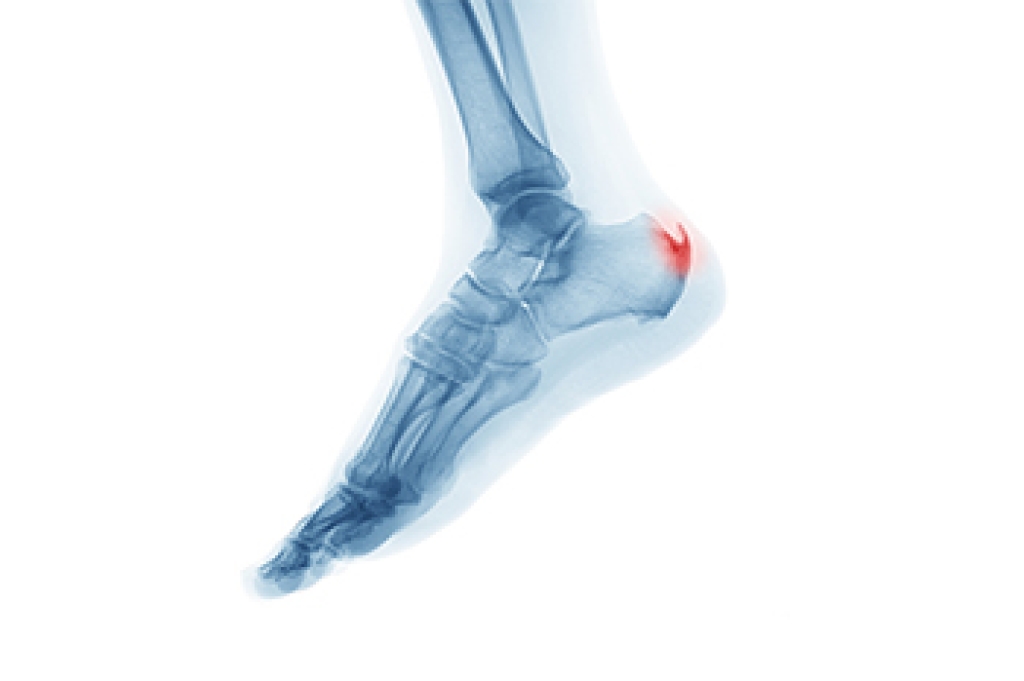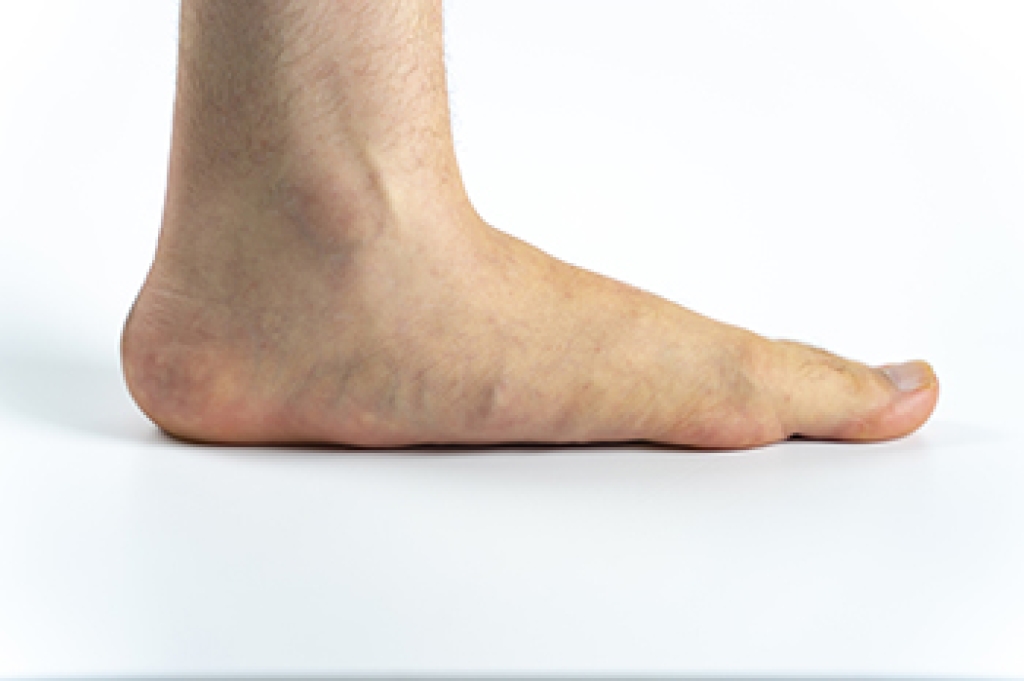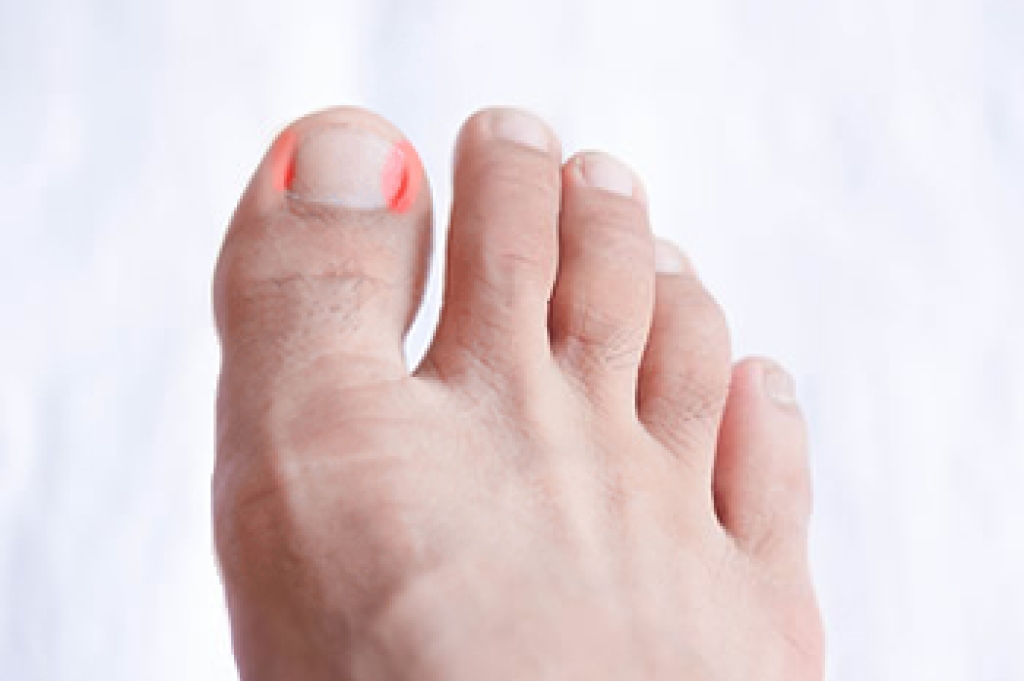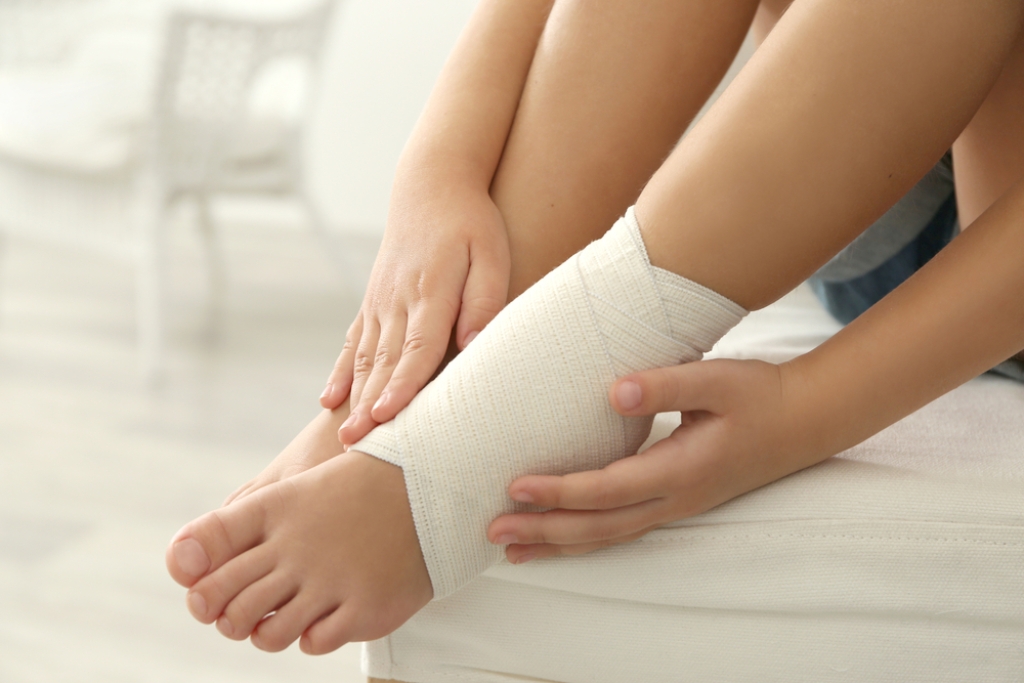 Many people have heel spurs and don’t even know it. Heel spurs are actually calcium deposits in the heel of the foot, and can grow up to half-an-inch long. Most often they cause a dull ache or tenderness, and sometimes a sharp pain in the morning when you first stand up. Extreme heel pain is more often caused by plantar fasciitis, but the two conditions are often linked. The most common causes of heel spurs are running on hard surfaces, obesity, and wearing non-supportive footwear, such as flip-flops. If you frequently experience severe heel pain, please see a podiatrist for diagnosis and treatment.
Many people have heel spurs and don’t even know it. Heel spurs are actually calcium deposits in the heel of the foot, and can grow up to half-an-inch long. Most often they cause a dull ache or tenderness, and sometimes a sharp pain in the morning when you first stand up. Extreme heel pain is more often caused by plantar fasciitis, but the two conditions are often linked. The most common causes of heel spurs are running on hard surfaces, obesity, and wearing non-supportive footwear, such as flip-flops. If you frequently experience severe heel pain, please see a podiatrist for diagnosis and treatment.
Heel spurs can be incredibly painful and sometimes may make you unable to participate in physical activities. To get medical care for your heel spurs, contact Gabe Rodriguez, DPM from Sioux Falls Foot Specialist. Our doctor will do everything possible to treat your condition.
Heels Spurs
Heel spurs are formed by calcium deposits on the back of the foot where the heel is. This can also be caused by small fragments of bone breaking off one section of the foot, attaching onto the back of the foot. Heel spurs can also be bone growth on the back of the foot and may grow in the direction of the arch of the foot.
Older individuals usually suffer from heel spurs and pain sometimes intensifies with age. One of the main condition's spurs are related to is plantar fasciitis.
Pain
The pain associated with spurs is often because of weight placed on the feet. When someone is walking, their entire weight is concentrated on the feet. Bone spurs then have the tendency to affect other bones and tissues around the foot. As the pain continues, the feet will become tender and sensitive over time.
Treatments
There are many ways to treat heel spurs. If one is suffering from heel spurs in conjunction with pain, there are several methods for healing. Medication, surgery, and herbal care are some options.
If you have any questions feel free to contact our office located in Sioux Falls, SD . We offer the latest in diagnostic and treatment technology to meet your needs.




